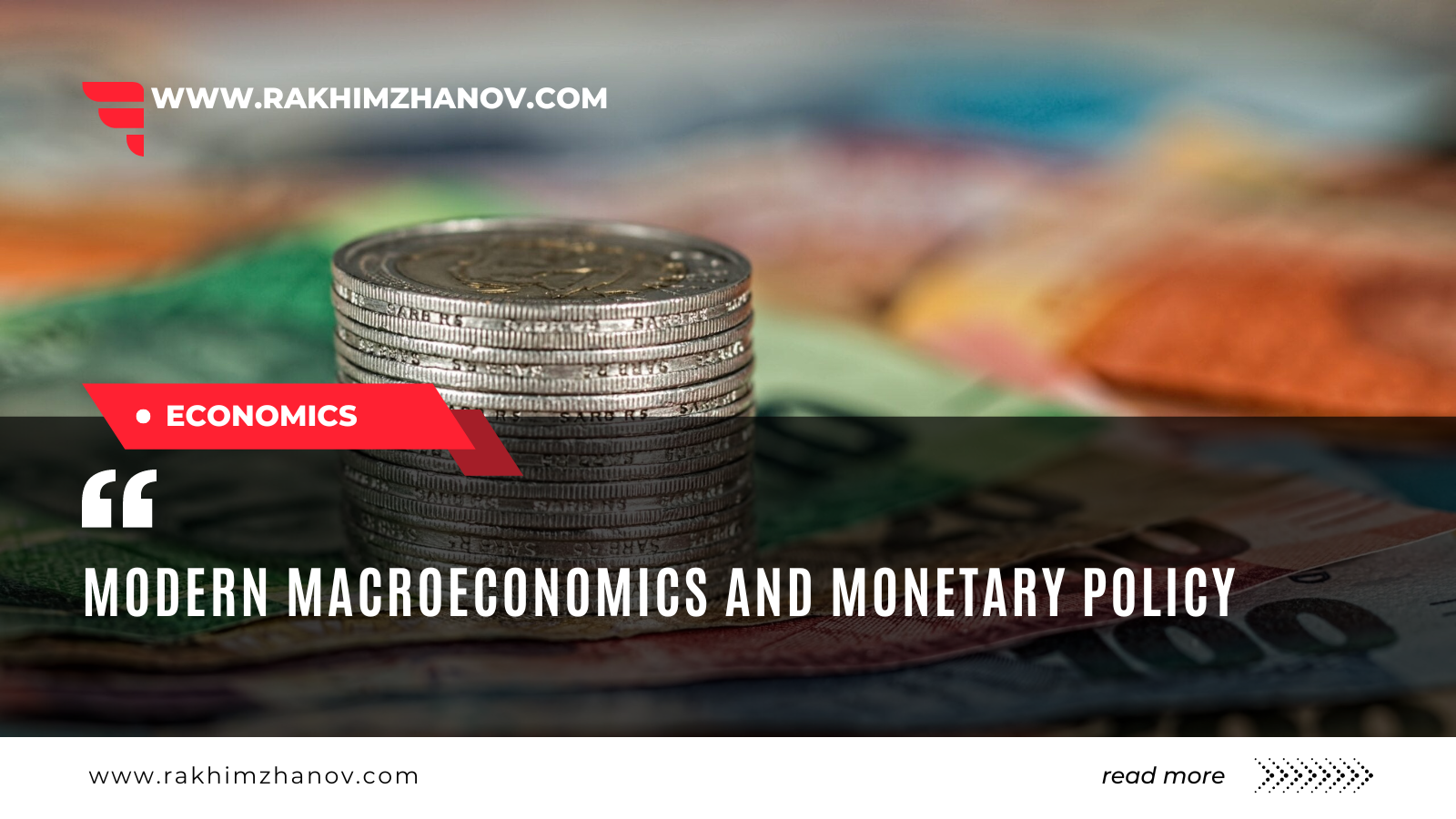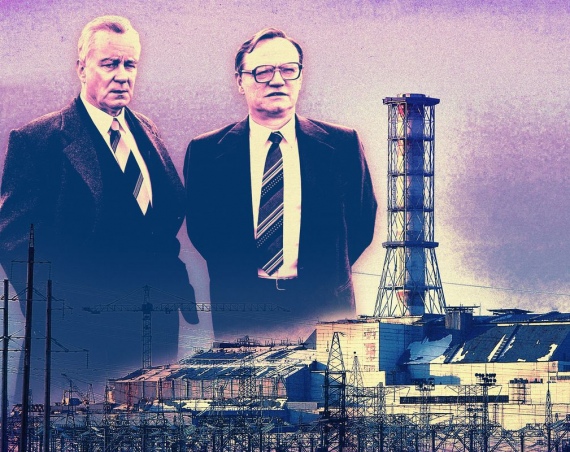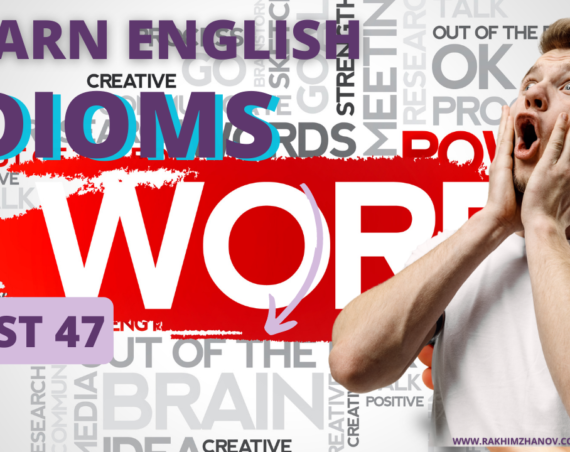Modern Macroeconomics and Monetary Policy
Modern macroeconomics is a branch of economics that studies the behavior and performance of the economy as a whole, with a focus on understanding the causes of economic growth and fluctuations, and the role of government policies in addressing these issues. It builds on classical macroeconomics, which focused on the long-run determinants of economic growth but incorporates insights from other fields such as microeconomics, finance, and behavioral economics.
Monetary policy refers to the actions taken by central banks, such as the Federal Reserve in the United States, to influence the economy through the control of the money supply and interest rates. The goal of monetary policy is to promote economic stability, including low inflation and low unemployment, and to encourage economic growth. Modern macroeconomics and monetary policy are closely related as monetary policy is one of the most powerful tools to influence the economy and stabilize it.
In modern macroeconomics, monetary policy is seen as a crucial tool for managing the economy in the short run, by influencing aggregate demand, interest rates, and inflation. Central banks use various tools to achieve this, such as open market operations, reserve requirements, and interest on reserves, to control the money supply and interest rates and influence economic activity.
Overall, modern macroeconomics and monetary policy are important areas of study for understanding how the economy works and how government policies can be used to promote economic stability and growth.



